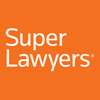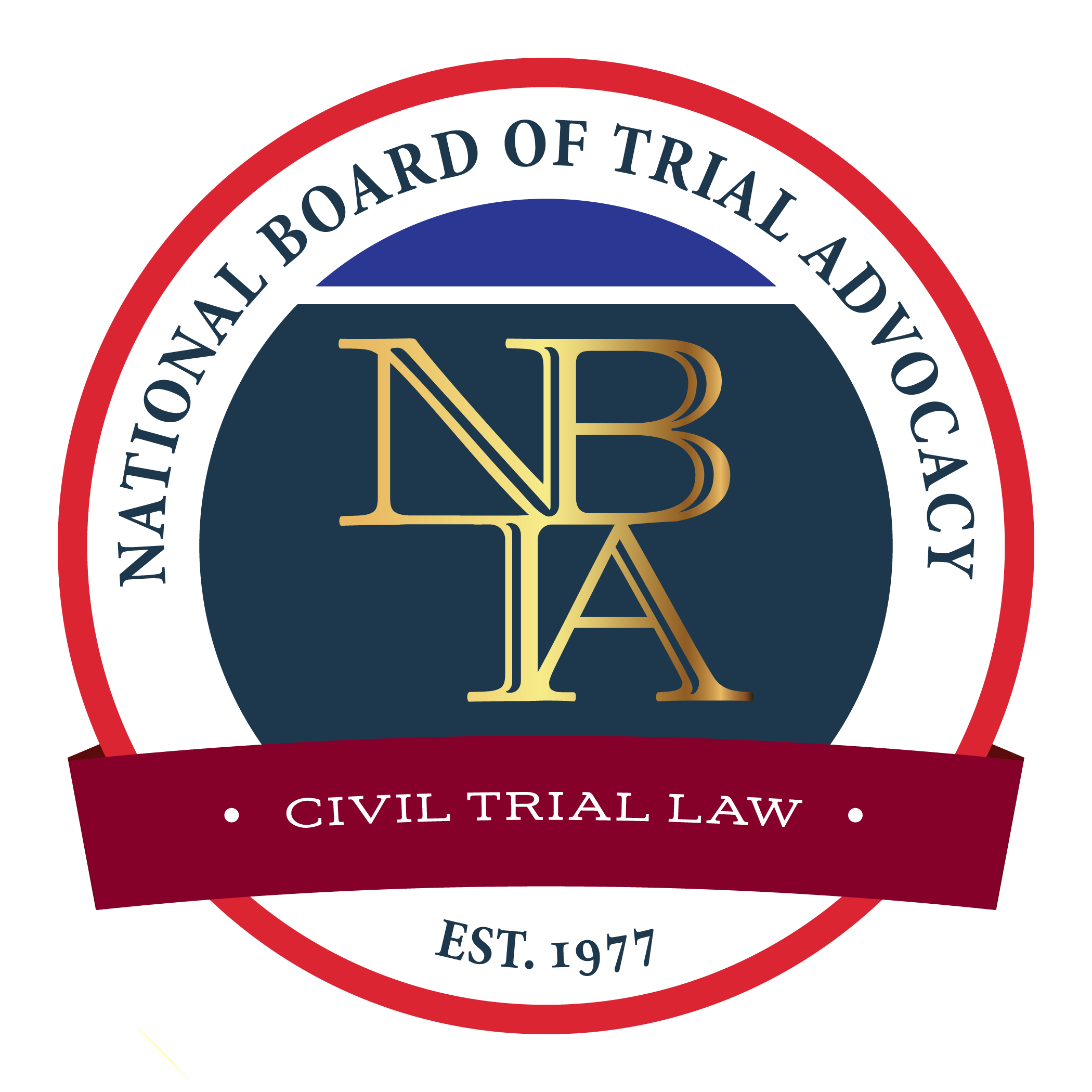- Free Consultation: (860) 754-3222 Tap to Call
Driving At Night: Some Safety Tips
It should come as no surprise that driving at night in Connecticut presents unique difficulties that do not exist during the day. In fact, drivers are much more likely to be involved in a fatal traffic collision at night. The main reason—not surprisingly—is that we can’t see as well in the dark.
Fortunately, there are some safety precautions you can follow to avoid the inherent hazards of nighttime driving:
Drive Sober
Driving under the influence is dangerous, and ruins lives. If you do not have a designated driver, take a cab, rideshare, or public transportation. There is never a good excuse to drive impaired and it is against the law in Connecticut.
Avoid 2-Lane Highways
When it’s dark out, two-lane highways pose a unique risk to drivers due to the nighttime glare from oncoming cars’ headlights. If possible, take a route that does not include 2 lane highways. If you are unable to avoid a two-lane highway, make sure you know what to do when approaching another vehicle at night:
- When approaching from the front, dim your headlights. High beams can disorient the oncoming driver and increase the risk of a collision.
- When approaching from behind, follow at a reasonable distance to allow for ample response time. Also, make sure to dim your headlights.
Don’t Tailgate: Slow Down and Increase Distance
We are all in a hurry to get home, but it is much more likely that you will arrive safely if you slow down and do not tailgate. Using your headlights will help you gauge your distance and stop time. If you cannot stop inside the lit area, you are too close to the car in front of you.
The 3-second rule is another way to estimate your distance from the vehicle in front of you. When driving, pick a non-moving object along the road, like a tree or a telephone pole, and when the vehicle in front of you passes that object, start counting in your head. During the daytime, there should be at least a 3-second gap between you and the vehicle in front of you. If driving at night, you should double this to a 6-second gap.
Never Drive Drowsy
Drowsy driving is the dangerous combination of driving while fatigued, which statistically happens more at night. According to the National Highway Traffic Safety Administration (NHTSA), drowsy driving contributes to 100,000 crashes each year as reported by police.
Driving when tired impairs your driving, just like drugs or alcohol would. When drowsy, your reaction time slows down and your overall awareness is lessened. If you feel tired, stop at a rest area or gas station to take a break, stretch your legs, or get some food.
Maintain Your Windshield and Wipers
Windshields that are dirty or broken can scatter light and increase the effects of glare. Remove bugs, road salt, and dirt from the exterior windshield, and use a microfiber towel to wipe down the cloudy residue buildup on the interior windshield. Make sure to have any cracks or scratches fixed as soon as possible.
To prevent wiper blades from becoming brittle, cracked, or torn, they should be replaced every six months or as soon as you notice a downgrade in driving visibility.
Use High Beams Whenever Possible
When driving at night on open or rural roads in Connecticut, use your high beams. As opposed to standard lights, which have a range of 250 feet, high beams will allow you to see a distance of 500 feet.
If you see an oncoming vehicle, dim your lights until you have passed each other because high beams can be blinding and create severe glare for on-coming drivers. When you are following another vehicle, do not use high beams as the glare in their rearview mirror can be distracting or impede their vision.
Exercise Caution When Driving At Night
Use all of your defensive driving skills when driving at night. Staying alert and following the above precautions can help keep you and those around you safe.
If you or a loved one has been injured due to someone else’s negligence, reach out to the dedicated personal injury attorneys at ACK Injury Law. Call us at (860) 754-3222 for a free consultation today.












